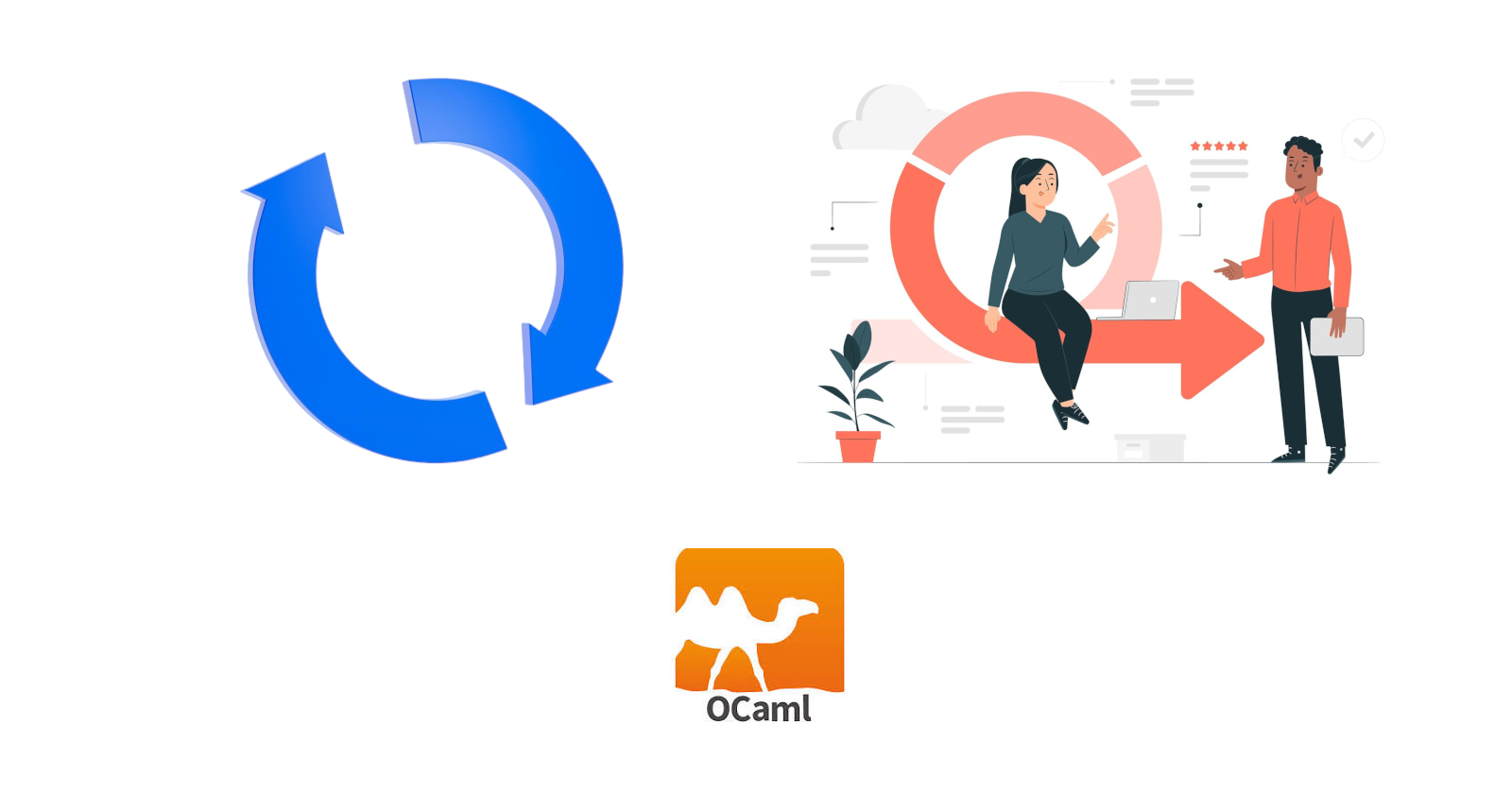Loops and Recursion in OCaml
 Nikhil Akki
Nikhil Akki
Introduction
Understanding loops and recursion in OCaml is essential for anyone looking to dive deep into this powerful functional programming language. Unlike more traditional imperative languages, OCaml presents unique approaches to control flow that emphasize immutability and functional purity. In this blog post, we will explore the core concepts of loops and recursion in OCaml, providing clear examples to illustrate these fundamental ideas.
OCaml, a derivative of the ML programming language, is designed with a strong emphasis on expressiveness and safety. This is reflected in its loop and recursion constructs, which differ notably from those in languages like C or Python. For loops and recursion in OCaml offer a rich set of features that, when used correctly, can lead to highly efficient and readable code. We'll start by explaining these concepts in simple terms before diving into specific examples that show how to effectively use loops and recursion in OCaml projects.
Whether you are a beginner just starting out with functional programming or a seasoned programmer looking to add OCaml to your toolkit, understanding these concepts is crucial. By the end of this post, you will have a solid foundation in using loops and recursion to solve problems in OCaml.
Simplified explanation
Think of OCaml as a thoughtful chef who plans his recipes carefully to make sure everything runs smoothly and nothing is wasted. In OCaml, loops and recursion are like kitchen tools – they help the chef iterate through his cooking steps either repeatedly (loops) or by diving deeper into a specific task (recursion), until a condition is met.
Loops are like a blender running until all the ingredients are perfectly mixed. It keeps going round and round until the job is done.
Recursion is more like peeling an onion, removing one layer at a time to reach the center. Each peel is a step closer to the final result.
Both tools are essential in the kitchen, just as loops and recursion are in OCaml, enabling efficient and powerful ways to handle data and control flow.
Examples
Simple For Loop
for i = 1 to 5 do Printf.printf "Number: %d\n" i done;- Iterates from 1 to 5, printing each number. Perfect for when you know exactly how many times to repeat an action.
Countdown Using Downto
for i = 5 downto 1 do Printf.printf "Countdown: %d\n" i done;- Counts down from 5 to 1. Useful for decrementing counters or reverse iterations.
While Loop
let i = ref 0 in while !i < 5 do Printf.printf "While at: %d\n" !i; incr i done;- Continues executing as long as condition (
i < 5) holds true. Ideal for loops where the number of iterations isn't known before the loop starts.
- Continues executing as long as condition (
Simple Recursion
let rec print_n n = if n > 0 then ( Printf.printf "%d\n" n; print_n (n-1) )- Prints numbers from
ndown to 1. Demonstrates basic recursion by calling itself with a decremented value.
- Prints numbers from
Tail Recursion
let rec sum n acc = if n = 0 then acc else sum (n-1) (acc+n)- Calculates the sum of numbers from
nto 0 using an accumulator. Tail recursive, thus optimized by OCaml to avoid stack overflow. This topic alone deserves its on article at minimum.
- Calculates the sum of numbers from
Recursive Directory Listing
let rec list_dir dir = match Sys.readdir dir with | exception Sys_error _ -> [] | files -> Array.to_list files |> List.concat_map (fun file -> let path = Filename.concat dir file in if Sys.is_directory path then list_dir path else [path])- Lists all files in a directory and its subdirectories. Uses recursion to dive into subdirectories.
Conclusion
Loops and recursion are fundamental to controlling the flow of programs in OCaml. While loops provide a straightforward mechanism for repeating actions, recursion offers a powerful way to break down complex problems into simpler ones. By mastering these constructs, developers can write efficient, elegant, and scalable OCaml programs. Embrace these concepts to unlock the full potential of functional programming in OCaml!
Learn More
Image attributions
Image by storyset on Freepik
Image Circular logo on Freepik
Subscribe to my newsletter
Read articles from Nikhil Akki directly inside your inbox. Subscribe to the newsletter, and don't miss out.
Written by

Nikhil Akki
Nikhil Akki
I am a Full Stack Solution Architect at Deloitte LLP. I help build production grade web applications on major public clouds - AWS, GCP and Azure.